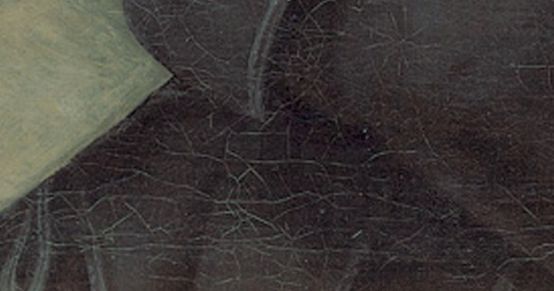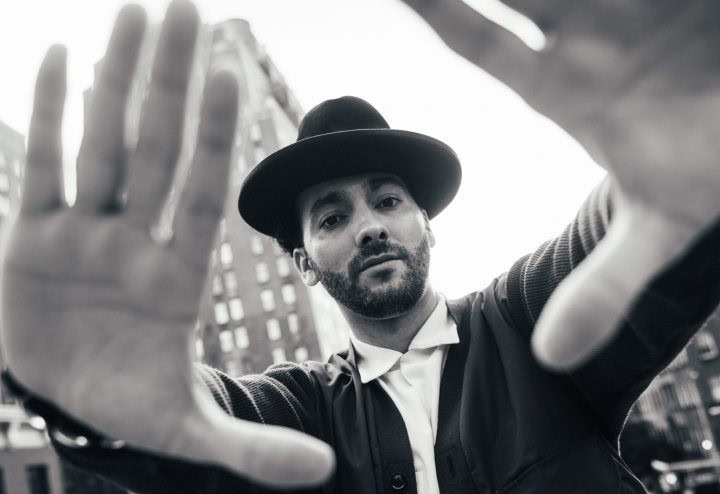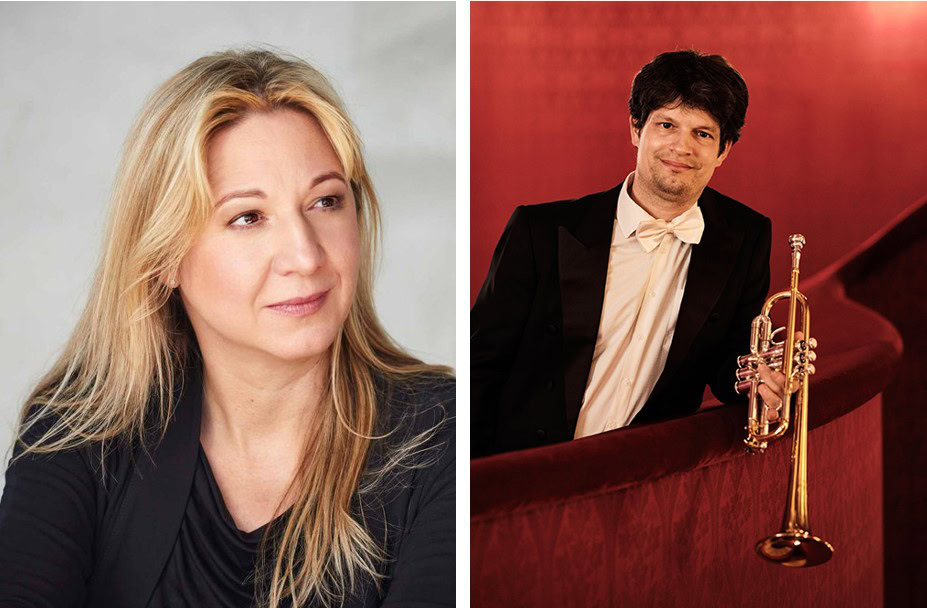"Ghost Trio"
Beethoven every Friday: to mark his 250th birthday, we take a look at one of his works every week. Today it's the Piano Trio No. 5 in D major "Ghost Trio".

When Beethoven offered his two piano trios op. 70 to the Leipzig publisher Breitkopf & Härtel in July 1808, he confirmed this with the postscript "because there is a shortage". Creatively, he was at the height of his career: the works are in the immediate vicinity of the Symphonies Nos. 5 and 6, the Piano Concerto No. 5 and the genre-defining Choral Fantasy. Opus 70 is dedicated to Countess Anna Maria Erdödy (1778-1837), in whose house Beethoven not only stayed for a short time, but which, as an aristocratic salon, also provided space for the performance of the works. Johann Friedrich Reichardt reports in his Familiar letters on December 31, 1808: "I had another double musical evening. First a quartet at Countess Erdödy's. Beethoven played quite masterfully, quite enthusiastically, new trio's that he had recently made, in which there was such a heavenly cantabile movement op. 70/2, 3rd movementas I have never heard of him before, and which is the sweetest, most graceful thing I have ever heard; it lifts and melts my soul as often as I think of it."
Beethoven's Piano Trio in D major op. 70/1 is far more radical, however. The succinct outer movements are of such great motivic and rhythmic energy that the limits of what is tonally possible are sometimes reached (provided the ensemble really risks this intended ruthlessness). This contrasts with the almost static slow movement (Largo assai et espressivo), which draws its inner tension primarily from the harmonies. However, its truly singular sound, which later earned the composition the nickname "Ghost Trio", is far more effective with a contemporary or even a replica keyboard instrument than with a modern concert grand. This is not only due to the lower string tension (the cast-iron frame had not yet been invented), but also the more subtle key action and the different dampers. This is exactly how the composer and writer E. T. A. Hoffmann emphasized it in a very detailed review of the movement - and thus recorded the special feature for posterity in poetic words: "... the Rec.ensent mentions only one more peculiarity that distinguishes and emphasizes this movement from so many grand piano compositions. When the violin and violoncello play the main theme, the grand piano usually has a movement in 64 sixths, which are to be performed pp. and leggiermente. This is almost the only way in which the tone of a good grand piano can be used in a surprising and effective way. If these sextuplets, with the dampers lifted and the piano slide, are played with a skillful, light hand, the result is a whisper that is reminiscent of the aeolian harp and harmonica and, when combined with the bow tones of the other instruments, is of quite wonderful effect. - In addition to the piano slide and the dampers, Rec. also used the so-called harmonica slide, which, as is well known, shifted the manual so that the hammers struck only one string, and sounds floated out of the beautiful stringed grand piano that enveloped the mind like fragrant dream figures and lured it into the magical circle of strange premonitions." (General musical newspaper 1813)
Listen in!








